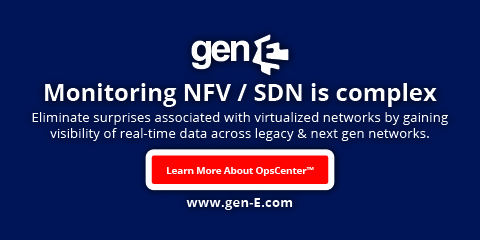IoT Data: The Shift From Data Center To Edge
By: Susana Schwartz
 As written recently
in The Economist, the world’s most lucrative asset is no longer oil, but data.
As written recently
in The Economist, the world’s most lucrative asset is no longer oil, but data.
Data is the currency of the 21st Century, and companies like Amazon, Google, Facebook, Apple, Microsoft and Tesla have replaced Big Oil as the most powerful companies in the world— the collective having control over much of the world’s data and over much of the revenue to be made in the “data economy.”
“Ten years ago, the challenge was to collect the data, and Big Data became the means by which businesses could affordably collect the data they never had before. But now, CFOs are asking ‘what are we paying for? What is the value we can deliver with all of this data?” notes Svetlana Sicular, research vice president at Gartner Group.
Analytics is the answer. “Not all IoT data is good data. It doesn’t all have value, so analytics will help companies decide which data is worth keeping, which should be thrown away, and which should be used at the edge,” explains Sicular, noting that Big Data Analytics, artificial intelligence (AI) and machine learning (ML) are the sweet spots service providers and enterprises are considering for driving the most value out of their IoT initiatives. That value includes streamlining operations; automation; personalizing customer service; generating new revenue streams; and improving safety, security and monitoring.
As business leaders across all industries try to determine which data is most valuable to their end goals, they must first grasp the sheer volume, speed and complexity of the data they must manage in the IoT.
If Cisco estimates are any indication, there will be 500 billion devices connecting to the Internet by 2030, each device or “thing” possessing sensors and generating about two exabytes of data per day through constant communication and interaction. That data will be varied in type and in the protocols used, which will make rapid analysis and response (we’re talking milliseconds) an enormous challenge.
After getting their heads around the impending deluge of data, CSPs and their customers must then determine which data and analytics capabilities should reside at the edge (where processing takes place), in the cloud, or in centralized data warehouses.
What the Shift from Data Center to ‘Edge’ Could Mean
It is likely that in fleet management, healthcare, manufacturing and other “high-value operations,” analytics will shift from traditional data centers toward devices on the edge. Some believe the subsequent “distributed edge intelligence” may ultimately replace centralized cloud-based processing, especially in cases where it becomes too costly to find the processing power to analyze data coming from multifarious end points across complex and varied networks. Of course, the cloud will remain valuable for scenarios that place more importance on having centralized distribution, deployment and management of applications over the ability of machines and sensors to share information rapidly.Billions of connected devices collecting data and communicating will certainly congest networks and cause latency. Think, for instance, of applications involving biomedical big data research. Today, mobile biomedical sensors and cloud computing are used for pervasive health monitoring, however, mobile cloud-based health monitoring has begun to hit a wall with network latency.




















